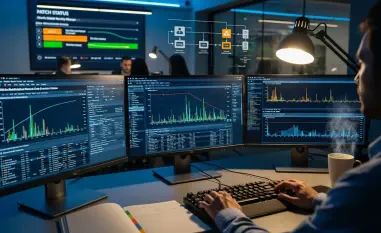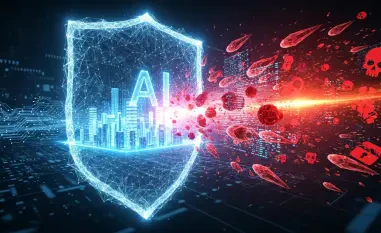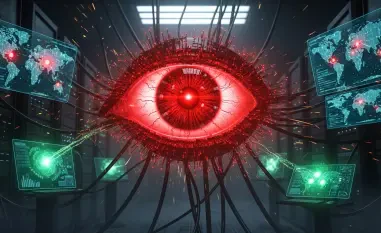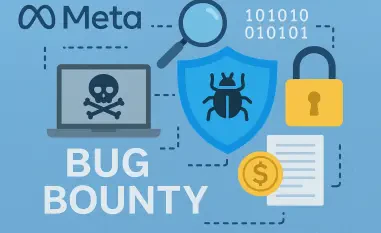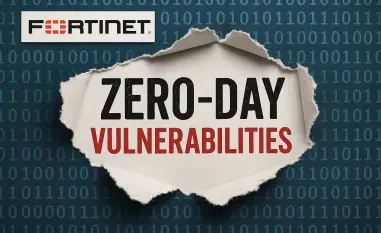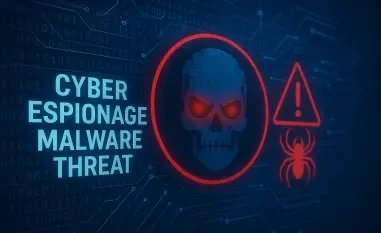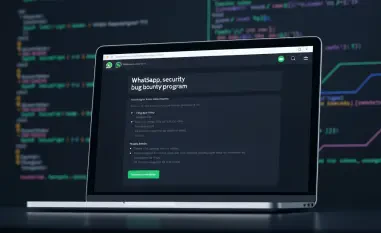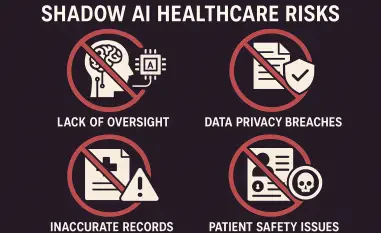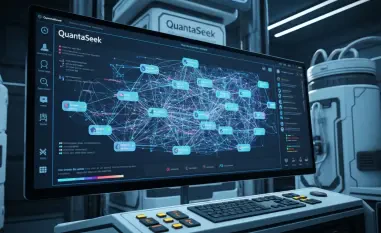Chief Information Security Officers (CISOs) face a plethora of challenges in today’s cybersecurity landscape, extending far beyond just cloud vulnerabilities and artificial intelligence (AI) systems. While AI and cloud security have garnered significant attention due to their attractiveness to attackers, security leaders must avoid neglecting traditional attack vectors. These include social engineering and physical security vulnerabilities. Striking a balance in maintaining robust defenses across all fronts is crucial, as cyber adversaries exploit both old and new entry points to orchestrate their attacks.
The Human Element in Cybersecurity
Cybercrime remains at its core a fundamentally human problem. Despite the increasing influence of technology and AI in cybersecurity, human expertise, intuition, and creative thinking continue to be irreplaceable components of an effective cybersecurity strategy. Adversaries frequently use a combination of human-driven and technology-powered tactics, positioning the human element as the weakest link in most attack scenarios. While the buzz around generative AI and deepfakes is significant, it does not overshadow the primary reliance on human interaction for the most effective social engineering attacks.
State-sponsored cyber espionage exemplifies the sophistication of human-driven attacks. Highly trained social engineers pose a more significant threat than general cybercriminals by employing targeted manipulation and deception to gain access to sensitive information. This underscores the necessity for a cybersecurity strategy that integrates human vigilance with technological defenses. The human element must remain a pivotal aspect of any cybersecurity plan to mitigate these threats effectively.
The Role of Technology in Cybersecurity
Technology holds a vital role in cybersecurity, particularly in automating routine threat responses and freeing security leaders to concentrate on more complex and emerging threats. However, reliance solely on technology is insufficient. Ransomware continues to be a significant threat, predominantly targeting on-premises systems despite a slight reduction in attacks. This focus on local servers and cyber-physical systems, as opposed to cloud-hosted infrastructure, indicates that traditional security measures still demand robust attention.
The article also underscores the importance of physical security within the broader cybersecurity landscape. Attackers often find easier entry points through physical means, such as gaining access to thin clients or dumb terminals, which can lead to broader network compromises. This vulnerability was famously exploited by Edward Snowden, illustrating how physical security breaches can lead to significant data exfiltration. Despite advancements in security protocols, the risk of physical compromise remains as relevant today as ever.
The Expanding Attack Surface of IoT Devices
The proliferation of IoT devices compounds the challenge by expanding the attack surfaces adversaries can exploit. As IoT devices become more widespread in smart cities, critical infrastructure, and other sectors, their often inadequate security protections make them prime targets for attack. Distributed denial of service (DDoS) attacks launched via botnets of compromised IoT devices have grown in frequency, illustrating the need for enhanced security measures in these areas.
Moreover, not all high-value data resides in the cloud. Many organizations still use on-premises servers for data storage, especially in sectors requiring high performance or subject to strict data residency regulations. Although air-gapped systems are theoretically more secure, they remain vulnerable to physical access attacks. Effective physical security measures, like CCTV and biometric checkpoints, are crucial in protecting these systems from both deliberate tampering and inadvertent compromises caused by social engineering.
The Necessity of a Layered Security Strategy
Ultimately, a layered security strategy that encompasses both digital and human elements is indispensable. Security awareness training tailored to practical application and targeted at understanding sophisticated attack vectors is crucial. Effective training programs extend beyond generic content and technical jargon to address real-world scenarios employees might encounter. Phishing simulations and physical red teaming exercises are valuable tools in testing and reinforcing these strategies’ efficacy.
Particularly emphasized is physical red teaming as a critical component of a comprehensive security program. By simulating social engineering attacks and attempting physical breaches, security teams can identify and address vulnerabilities that might otherwise remain unnoticed. Combining these approaches helps bridge the gap between digital and human security, ensuring a well-rounded defense strategy that can adapt to the evolving threat landscape.
A Holistic Approach to Cybersecurity
Chief Information Security Officers (CISOs) are confronted with a wide range of challenges in today’s complex cybersecurity environment. These challenges extend well beyond just concerns with cloud vulnerabilities and artificial intelligence (AI) systems. Although AI and cloud security are high-profile topics due to their attractiveness to cybercriminals, security leaders must also pay attention to more traditional attack methods. For instance, social engineering attacks, where individuals are tricked into giving up confidential information, and physical security vulnerabilities, which involve gaining unauthorized physical access to facilities, remain significant threats.
Balancing the need to defend against both modern and traditional forms of cyber threats is essential for CISOs. Attackers are constantly refining their strategies and techniques, exploiting both new technologies and time-tested methods to breach security defenses. Therefore, a comprehensive security strategy that covers all potential attack vectors is crucial. By equally prioritizing defenses against AI and cloud-based threats as well as social engineering and physical breaches, CISOs can better protect their organizations from a wide spectrum of cyberattacks. Maintaining robust defenses on all fronts ensures that no entry point, old or new, can be easily exploited by cyber adversaries.

